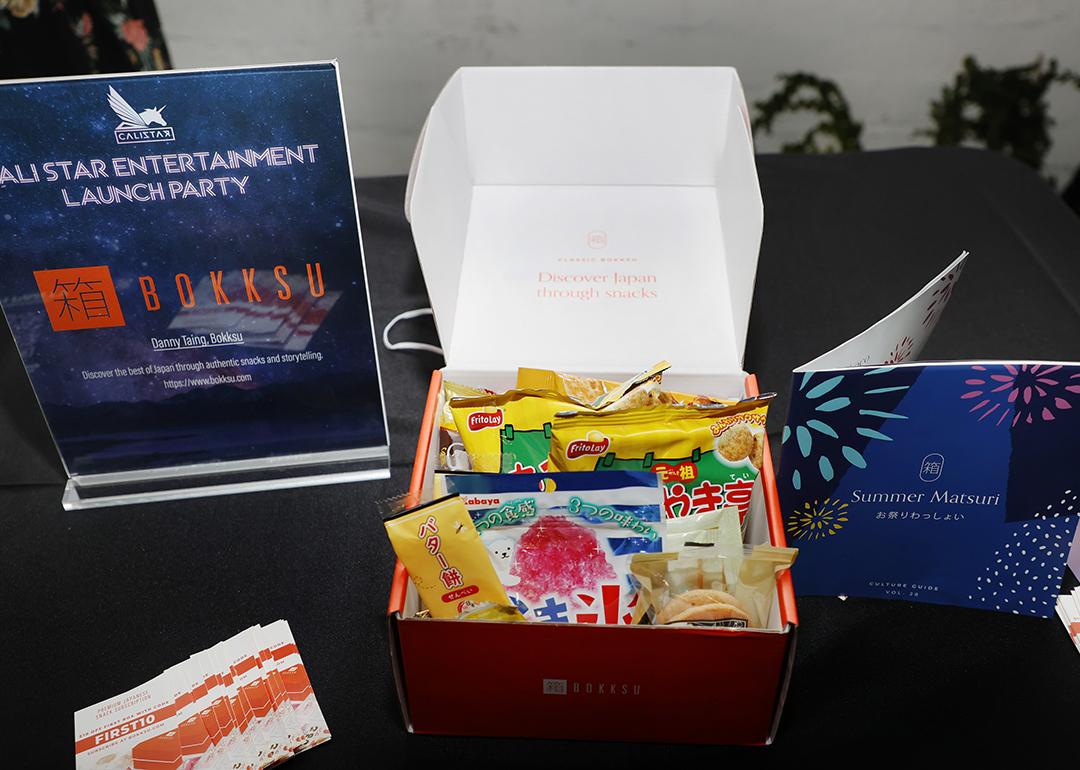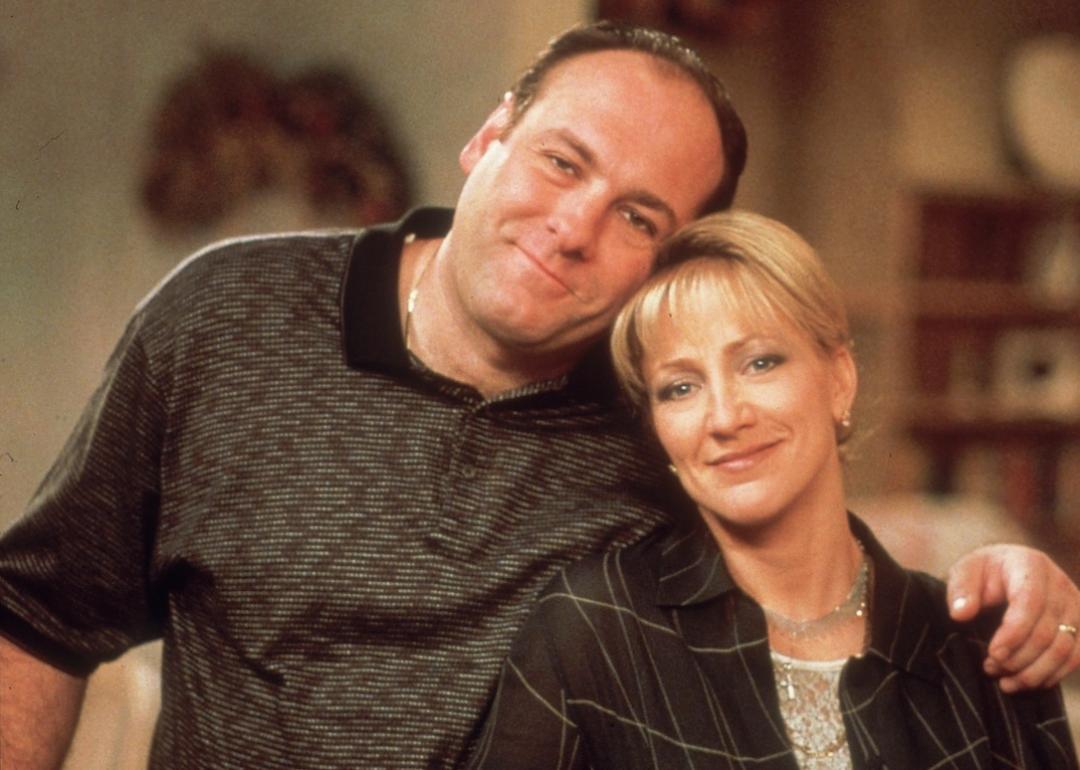
How brands keep customers engaged with clever subscription models
How brands keep customers engaged with clever subscription models
Today’s consumers can have just about anything they need delivered to their door before they even know they need it. From morning coffee and shampoo to new clothes and food for their furry friends, auto-replenishment features and curated subscriptions have more and more people opting to set it and forget it.
According to McKinsey & Company, subscription businesses collectively increased their revenue by more than 300% between 2012 and 2018—about five times faster than S&P 500 revenues. And the momentum shows no sign of slowing. According to Shopify data, the number of Shopify stores offering subscriptions increased by 33% in the first half of 2025 compared to the same period in 2024, and a forecast from market research firm The Business Research Company values the online subscription market at $3.4 trillion by 2029.
Now, more than halfway through the 2020s, subscriptions have evolved from novelty to mainstay, spanning categories from household essentials and little luxuries to premium brand offerings and niche hobbies. As businesses respond to customer expectations for convenience and personalization, they’re meeting them with different types of subscription models. Here’s how brands pull them off successfully to offer value to both themselves and their customers.
Subscribe and save: Overcoming the cost barrier
The subscribe-and-save model remains one of the most reliable formats for building customer loyalty. It pairs convenience for buyers—automatic refills, predictable delivery, and small but meaningful discounts—with recurring revenue and inventory predictability for brands. For small businesses, it’s especially effective for products that customers regularly replenish, such as pantry items, coffee, and personal care goods.
For premium coffee concentrate company Kloo, making subscription products more affordable boosted both customer satisfaction and profit margins. Initially, founders Mariella Cho and her daughter, Claudia Snoh, shipped Kloo coffee concentrate in premium glass bottles. While the aesthetics and unboxing experience were immaculate, the team learned that customers cared about taste and efficiency more than premium packaging (and the prices that go with it). “Their feedback was, at the end of the day, they’re subscribed because of the flavor of our coffee,” Snoh says on Shopify Masters.
That insight led Kloo to switch to recyclable refill pouches, which are cheaper to produce, cheaper to ship, and better for the environment. “It ended up being a silver lining,” Snoh says. “It really helped us on the economic side with a much better margin, so we were actually able to offer our subscribers a much better price.” The company also eliminated the oft-dreaded shipping fee by setting a two-bottle minimum per order, which kept customers happy and made Kloo more profitable on the unit economic side. Its flagship Craft Coffee Concentrate now sells for $33 per bottle as a one-time purchase, but subscribers pay $25 per bottle on recurring shipments.
For small businesses, the lesson is clear: Customers stay subscribed when costs are minimal, shipping fees are folded into the price of the service itself, and products are perfectly tailored to their purchasing priorities.
Curated boxes: Discovery and personalization made simple
The discovery box model trades predictability for excitement. Customers subscribe not just for convenience but for curation—the promise of finding new products they wouldn’t have discovered on their own. For businesses, these boxes often show higher average order value and strong subscriber engagement, thanks to their novelty and personalization. The challenge is balancing surprise with structure—enough mystery to delight, but enough consistency to build trust.
Produce-delivery startup Odd Bunch demonstrates how that balance can drive loyalty. Founder Divy Ojha launched the company to address food waste by selling less-than-perfect fruits and vegetables directly from farms to consumers. In its early days, Odd Bunch allowed customers to choose their products, which resulted in more than 300 SKUs. That system was unsustainable, and subscribers dropped off, so the company pivoted to a simpler mystery box approach.
“The idea was that you’d get a bunch of odd-looking fruits and vegetables in a box sent to you every week,” Ojha says. “It was as simple as that for a price that you knew wouldn’t change. It’d come to your door every week like clockwork.” Within hours of launching the new format, 200 people had signed up—more than in the previous two weeks combined. Odd Bunch maintains a 53% net retention rate at 12 months, according to Ojha, three to four times the industry standard for subscription meal services.
Beyond produce, discovery boxes work across categories where customers value curation and surprise—from beauty and clothing (like Birchbox and Stitch Fix) to pet care (like BarkBox). The appeal is both emotional and practical: Mintel reports that nearly 80% of Gen Z and millennial consumers say curated subscription boxes help them explore new products.
For small businesses, the key is striking the right balance between personalization and simplicity. Catering to a specific hobby or niche can be a strong strategy, but brands should validate niche demand and ensure the product fits the repeat-purchase model. Brands doing this include UrbanStems, which hand-selects seasonal floral arrangements; Bokksu, which ships assortments of Japanese snacks; and ScrawlrBox, which caters to fine artists with curated art supplies.
Memberships: Exclusive access and early product discovery
Memberships take the subscription model one step further. Instead of focusing on recurring refills or curated surprises, they create a sense of belonging—inviting subscribers to join an insider community with access to limited products, early releases, and other member-only perks. For businesses, offering memberships can strengthen loyalty, support product testing, and generate reliable recurring revenue while deepening brand identity.
Olive oil brand Citizens of Soil exemplifies how a membership can evolve from convenience to experience. Founder Sarah Vachon initially offered a simple refill subscription for customers who wanted to avoid running out of olive oil. But the program changed dramatically after she reframed it as a club, with subscribers receiving exclusive small-batch oils from farmers across the Mediterranean and beyond.
“Suddenly, it was an experience and the education I think the space desperately needed,” Vachon says. “It turned what could be seen as just a basic pantry ingredient into something that had depth and nuance not previously understood.” The move allowed Citizens of Soil to partner with more small-scale farmers for each month’s delivery and made room for experimentation.
“Last year we tested our first oil from the Southern Hemisphere for just the Club, and we had great feedback,” Vachon explains. “So this year, we’re launching it as a limited edition to the wider community.”
Other brands use memberships in similar ways. Flamingo Estate offers early access to seasonal boxes and test-run products—like its “Coriandoli” candle, which debuted as a member-only exclusive before being offered widely as a one-off item.
For small businesses, effective memberships go beyond discounts. The model works best when it offers insider value, such as exclusive products, educational experiences, or behind-the-scenes access that can’t be found elsewhere. Making customers feel like participants rather than purchasers strengthens overall retention.
Nonsubscription subscriptions: Flexibility without fatigue
As subscription services become more common, even loyal customers can start to feel overwhelmed. The abundance of recurring charges across streaming, household, and personal care categories has led to subscription fatigue—the sense that people are paying for more than they can realistically use. Recent surveys, including a 2025 study from Deloitte, have found that consumers feel they spend too much on streaming services.
Portable carbonation device maker Aerflo designed its business to prevent that burnout from the start. Cofounders John Thorp and Buzz Wiggins knew the pain points firsthand. “It has happened to me with razor blades and toothpaste,” Thorp says. “I have a lot of toothpaste in my bathroom cabinet as a result, and I can’t tell you how many times I’ve switched on and off the associated subscriptions.”
So, rather than following the standard refill cycle, Aerflo built a nontraditional model in which the product ships only when customers need it. “To us, a pure subscription—refills shipping every 30 days—lacks that extra step of anticipating a customer’s problem before they have it,” Thorp explains. “Consumers were tired of traditional direct-to-consumer (DTC) subscriptions. The problem we heard over and over again was misalignment of when they need more versus when more are shipped.”
In the Aerflo cofounders’ view, foregoing the standard subscription model helps reduce attrition as refills are triggered by use rather than the calendar. When customers mail their empty cartridges back, the USPS alerts Aerflo on receipt of the package, and the company ships the next refill box. The process eliminates account portals and manual reorder steps. Refillable packaging and prepaid returns also reinforce Aerflo’s circular design, encouraging reuse.
For small businesses, experimenting with nontraditional models designed for longevity instead of lock-in can help reduce subscription fatigue. Give customers more control and fewer unnecessary deliveries. By respecting customer rhythms—and their budgets—brands can build loyalty through trust instead of constant upselling.
Building subscriptions that last
Lack of control and flexibility remain two of the biggest reasons customers cancel subscription services. A good subscription doesn’t just automate purchases—it adapts to how people actually live, shop, and restock, with easy opt-ins, pause and cancellation options, and seamless return policies. Research from Mintel shows that almost half of U.S. consumers are more willing to start a subscription if cancellation is easy, and a 2021 McKinsey study notes that while value keeps customers subscribed, variety and originality keep them engaged.
Successful businesses understand that no single model fits everyone. Subscribe-and-save plans appeal to shoppers looking for convenience and value, while discovery boxes create a sense of exploration and personalization. Memberships foster loyalty through exclusivity and community, with nontraditional models like Aerflo’s showing how restraint can build long-term trust.
Subscription growth is about much more than locking customers into a recurring delivery schedule; it’s about fitting into their long-term routines, offering choice, flexibility, and value. In a crowded market facing subscription fatigue, brands that truly provide convenience, quality, and savings will stand out.
This story was produced by Shopify and reviewed and distributed by Stacker.



